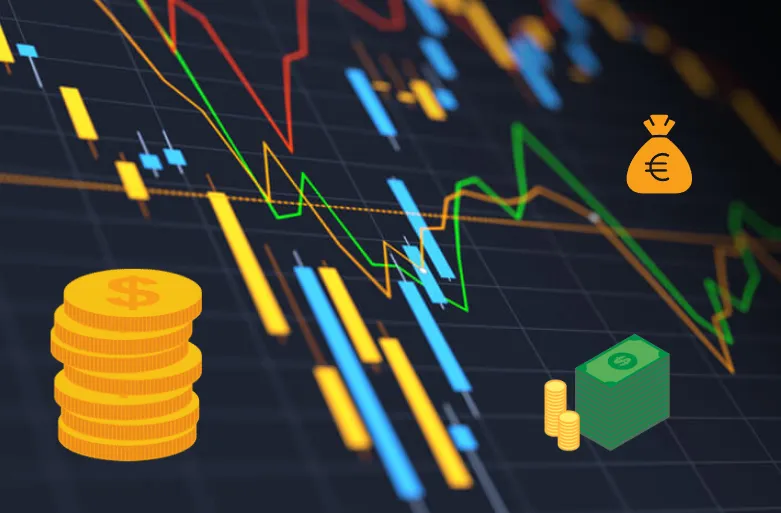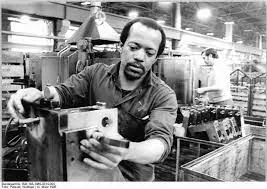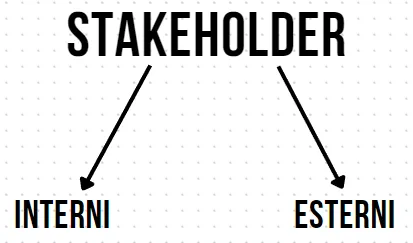
Oggi ho deciso di portare un argomento diverso dal solito, ma che secondo me fa sempre bene e soprattutto molto interessante, Andremo a parlare di come è organizzata un azienda e la differenza tra stakeholder e shareholder.
Un organizzazione sono un insieme di persone che lavorano in comune per raggiungere un unico obbiettivo, attraverso varie metrologie ma soprattutto attraverso delle regole, queste persone vengono definite stakeholder, in altro termine portatori di interesse.
L'operation aziendale sono tutte quante quelle operazioni che un'azienda svolge per la creazione di un prodotto come ad esempio l'approvvigionamento e la vendita di un prodotto...molte volte associamo la qualità di un'azienda non in base a come viene realizzato un prodotto ma in base a cosa produce, tutto quello che si occupa di come un'azienda crea un prodotto prende il nome di operation management.
Durante il corso della storia conosciamo tre grandi fasi di operation management la prima fase prende il nome di fordismo la seconda fase prende il nome di toyotismo e la terza fase per il nome di totality quality management.
-FORDISMO;
-TOYOTISMO;
-TQM;
Il fordismo nasce nei primi anni del 1800 durante la belle époque quando in una fabbrica un ingegnere di nome William Taylor attuò nuove metodologie...come prima cosa viene eliminato il metodo empirico, il lavoro venne suddiviso e assegnato agli operai e venne introdotte le catene di montaggio che non erano altro che dei macchinari che venivano installati all'interno delle fabbriche per il trasporto di una merce da un da una fase all'altra per ridurre i tempi di produzione. Infatti si passa da 12 ore a circa 90 minuti questo porta una serie di vantaggi poiché il prezzo finale sarà minore quindi la richiesta aumenterà e l’’azienda ne trarrà guadagno.
il toyotismo nasce nella prima metà del 1900 dopo la fine della seconda guerra mondiale quando venne eliminato l'immagazzinaggio poiché portava spese economiche alle aziende, venne introdotto JIT(Just in time) che consisteva nell'approvvigionamento delle materie prime in caso di necessità in modo tale da ridurre gli sprechi, questo consente alla toyota di rimanere l’unica fabbrica aperta durante la crisi petrolifera.

Un'azienda è formata da stakeholder interni e stakeholder esterni, gli stakeholder interni possono essere operai,capo,e e gli organizzatori, mentre gli **stakeholder **esterni sono clienti, fornitori e altre aziende.

l'unico obbiettivo di una azienda è quello di soddisfare gli interessi dei vari stakeholder, molte volte le aziende vengono definite flessibili, proprio perché subiscono dei mutamente continui per evitare sbandamenti con i portatori di interessi...adesso vi starete chiedendo, quali sono gli interessi degli stakeholder?
Ogni stakeholder ha degli interessi propri, come ad esempio se un capo non ritiene soddisfacente le proprie entrare si può dimettere, se un operaio non ritiene abbastanza alto il suo salario si può licenziare e se un cliente non ritiene adeguato il servizio offerto da un azienda si dirige verso un'altra azienda.

Questo fenomeno si divide in due parti, da una parte abbiamo gli stakeholder che hanno come unico scopo arricchire gli interessi personali avendo guadagni nell'immediato, mentre dall'altra gli shareholder che a differenza degli stakeholder il loro obbiettivo non riguarda solo il guadagno nell'immediato ma anche il benessere dell'immediato, quindi in tal caso il guadagno sarà minore, verrà compensato tramite il benessere dell'ambiente.
Prendiamo come esempio un azienda che passa dal produrre buste di plastica a produrre buste realizzate con carta riciclata, ovviamente il guadagno nell'immediato sarà minore, ma quello che andrà a quadrare i conti sarà il benessere dell'ambiente.

Today I decided to bring a different topic than usual, but one that I think is always good for you and above all very interesting, We are going to talk about how a company is organized and the difference between stakeholder and shareholder.
An organization are a collection of people working together to achieve a single goal, through various metrologies but mainly through rules, these people are called stakeholders, in other term stakeholders.
Corporate operation is all those operations that a company performs to create a product such as sourcing and selling a product...many times we associate the quality of a company not by how a product is made but by what it produces, everything that deals with how a company creates a product is called operation management.
During the course of history we know three major phases of operation management the first phase is named Fordism the second phase is named Toyotism and the third phase by the name of totality quality management.
-FORDISM;
-TOYOTISM;
-TQM;
Fordism was born in the early 1800s during the belle époque when an engineer named William Taylor implemented new methodologies in a factory...as a first thing, the empirical method was eliminated, work was divided and assigned to workers, and assembly lines were introduced, which were nothing more than machines that were installed inside factories to transport a commodity from one stage to another to reduce production time. In fact we go from 12 hours to about 90 minutes this brings a number of benefits as the final price will be lower therefore the demand will increase and the 'company will gain.
toyotism was born in the first half of the 1900s after the end of World War II when warehousing was eliminated since it brought economic expenses to companies, JIT(Just in time) was introduced which consisted of the procurement of raw materials when needed so as to reduce waste, this allows toyota to remain the only factory open during the oil crisis.

A company is made up of internal stakeholders and external stakeholders, internal stakeholders can be workers,boss,e and organizers, while **external **stakeholders are customers, suppliers, and other companies.

the only goal of a company is to satisfy the interests of various stakeholders, many times companies are called flexible, precisely because they undergo continuous mutations to avoid straggling with stakeholders...now you may be wondering, what are the interests of stakeholders?
Each stakeholder has its own interests, such as if a boss does not find his or her entry satisfactory he or she may resign, if a worker does not find his or her wages high enough he or she may quit, and if a customer does not find a company's service adequate he or she will go to another company.

This phenomenon is divided into two parts, on the one hand we have the stakeholders whose sole purpose is to enrich personal interests by having gains in the immediate, while on the other hand we have the shareholders who unlike the stakeholders their goal is not only about gain in the immediate but also about the welfare of the immediate, so in that case the gain will be less, it will be compensated through the welfare of the environment.
Let's take as an example a company that switches from producing plastic bags to producing bags made from recycled paper, obviously the gain in the immediate will be less, but what will add up is the welfare of the environment.